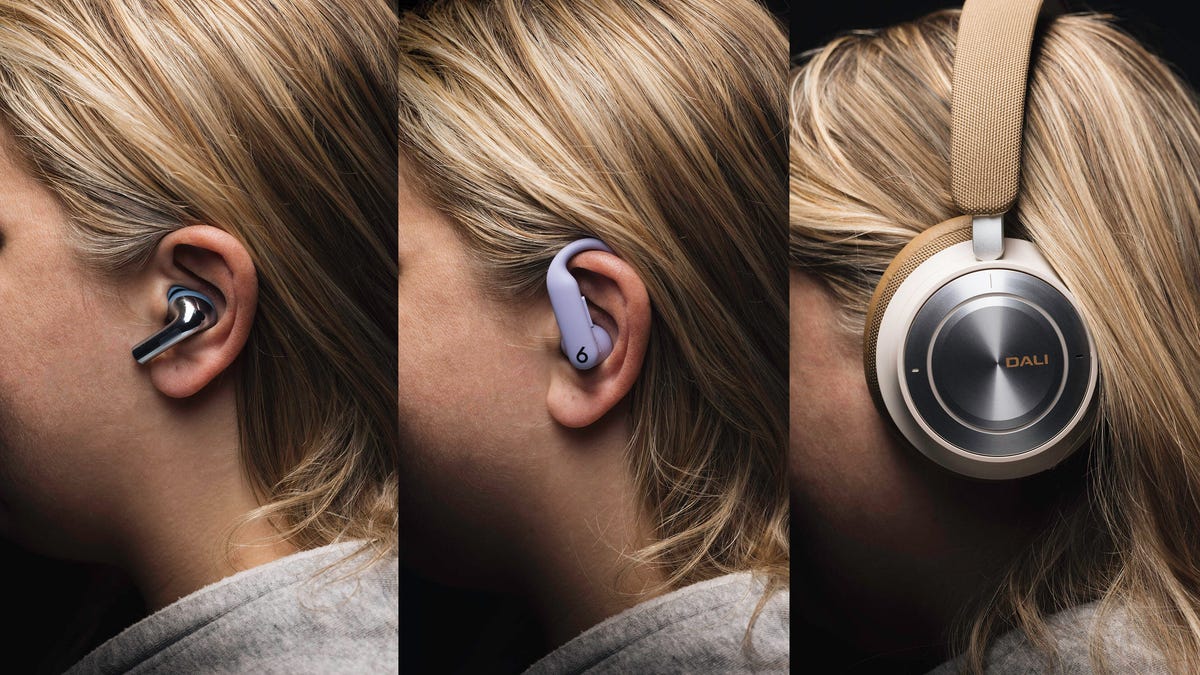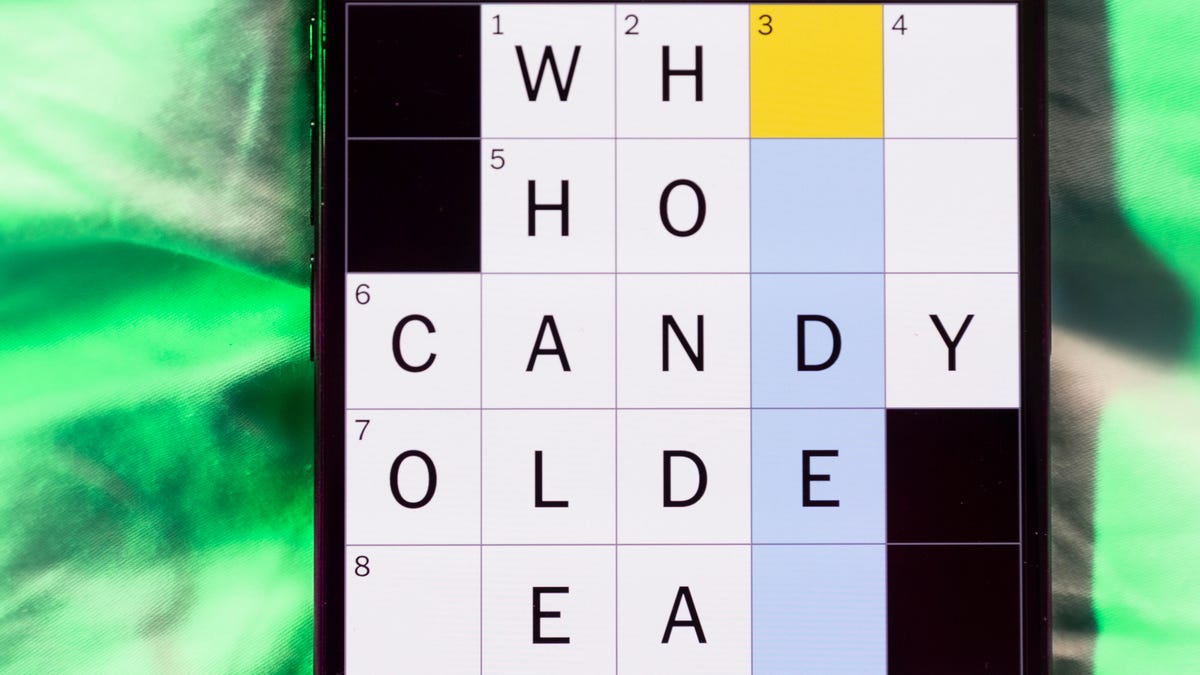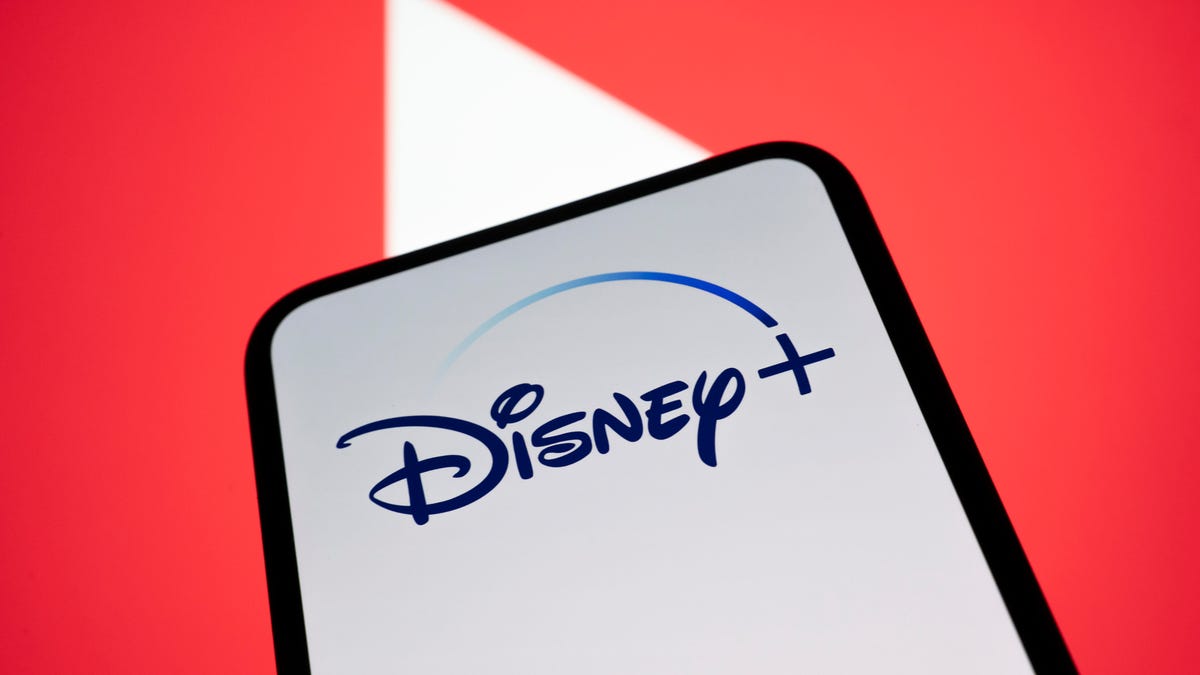Technologies
Everyone Should Have Exactly 3 Pairs of Headphones, and These Are My Picks. Here’s Why
For everyday use, exercising and lengthy listening time, three is the perfect number for a headphones collection. Let me explain.

When people ask you what your «big three» are, they might be asking about your sun, moon and rising astrological signs. But when I ask my friends the same question, I’m not trying to determine their horoscope. Instead, I’m curious what their headphones and earbuds collection looks like.
After more than a decade working as a technology journalist, I’m in the fortunate position of having what most people would consider to be too much tech in my house. I make a real effort to keep it to a minimum and try not to accumulate any unnecessary gadgets. But with headphones, I’ve come to the conclusion that everyone needs at least three pairs. No matter how hard I’ve tried, I can’t pare this number.
See also: Best Earbud and Headphone Deals: Bag Big Savings on Models From Apple, Sony and Others
First, there are the everyday earbuds. These are the ones that can slide into your smallest bag or your pocket and travel everywhere with you — on your commute, on your errands and on shopping trips.
Second, there are the over-ear, luxury headphones. These need to have that heady combo of great noise cancellation, audio quality and battery life, combined with a level of comfort that means you could easily wear them for an entire long-haul travel day.
Finally, if you’re serious about fitness, you need dedicated workout headphones. Could you wear either of the above pairs to go on a long run? Sure, and plenty of people do. But for the sake of longevity and your sanity, having a sweat-proof, durable pair of headphones that won’t budge may save your sanity in the short term and save you money in the long run.
If you’re trying to make one pair of headphones work in every scenario, you might feel frustrated that none are able to truly deliver the experience you want across the board. This is where my theory comes into play. It really doesn’t matter which headphones you choose for each of these purposes, but I do believe they are distinct categories with little crossover.
And what are my big three? They may not be the same as your,s but these are the headphones I absolutely can’t live without right now.
My everyday earbuds: OnePlus Buds 3
I will die on the hill that you shouldn’t spend more than $100 on your everyday earbuds — the kind that you will drop, accidentally bash and at some point, inevitably, lose. So much about buds comes down to personal preference on how they actually feel when tucked inside your ears.
Personally, I’ve settled on the OnePlus Buds 3, which list right at $100. They’re aesthetically pleasing in a pale blue that matches my preferred fashion color palette, and I find them to be supremely comfortable. I’ve been using them for a good six months, and I don’t have any of the usual niggles I have with earbuds — by which I mean they don’t fall out of my ears or have any random, weird sound glitches.
Soundwise, I enjoy the heavy bass and find the ANC to suit my needs as a frequent traveler on public transportation. With 10 hours of battery life, plus an additional 44 hours in the case, these buds have never let me down. They’re not necessarily anything special, but I keep reaching for them even though I have other options at my disposal.
My luxury over-ear headphones: Dali IO-8
At the other end of the spectrum, my favorite luxury headphones have transformed my longest travel days into periods of prolonged sonic bliss. I wear the Dali IO-8 headphones through airports, on plane journeys, all the way through to checking into my hotel. They also come with me on my daily hot girl walks.
With 30 hours of battery life and decent ANC, they allow me to move through the world in my own little bubble. Not only are they truly the most luxurious and comfortable headphones I’ve ever used, they also provide me with glorious sound.
You can switch between two modes: hi-fi and bass. I usually stick with the former. No matter whether I’m immersed in an audiobook, bopping away to Paramore, spacing out to Sigur Ros or getting lost once again in the depths of Taylor Swift’s back catalog, the $1,100 Dali IO-8s deliver.
My workout headphones: Beats Powerbeats Pro 2
There’s no two ways about it: I’ve tried other workout headphones and I keep coming back to Beats. I’ve been known to tie up my running shoes and be halfway out the door, then calling the whole run off because I can’t find my Powerbeats.
I’ve been a fan since the earliest Powerbeats model but the latest Powerbeats Pro 2, priced at $249, are my favorite workout headphones yet. Once in, they simultaneously feel glued to my head with a tight seal in my ear, while also being so light and comfortable I forget they’re there. This is an essential combination when you’re exercising, as the last thing you want to do is deal with any discomfort or annoyance that might distract from your workout.
CNET’s resident audio expert, David Carnoy, rated the Powerbeats Pro 2 an 8.8 out of 10, noting the improved sound quality and good noise canceling. As someone who’s long been a fan of this line, I have to agree, and I’d go so far as to say this latest upgrade has made running to my favorite high-energy tracks more enjoyable than ever.
If you happen to be looking for more headphone models for running, extended listening sessions or everyday use, here are more of Carnoy’s top picks among the many headphones he’s tested.
Technologies
How to Make and Share Your Very Own Wordle Puzzles
Wordle obsessives, you can now make personal inside joke puzzles to send them to friends.

Wordle’s an immensely popular word game (we post the answers daily) from The New York Times, but it’s not the most personal game in the world. Answers such as GUISE and PERIL are tricky, but generic. Now, Wordle fans who have dreamed of making their own puzzles can test their friends and family by creating their own Wordle creations up to seven letters in length.
Here’s how to do it.
Don’t miss any of our unbiased tech content and lab-based reviews. Add CNET as a preferred Google source.
- No surprise, you have to be a New York Times Games or All Access Subscriber to use this feature. If you are, you’ll find the Create a Puzzle option available from the top menu above today’s Wordle.
- Enter a word, and the site will tell you if it is available. Real Wordle limits you to five-letter words, but the puzzle-making feature lets you choose words between four and seven letters.
- The usual dictionary rules apply, and so curse words, some pet names and obscure inside jokes are essentially out. If your cat is named TANGO, that’s there, but RINGO is not an option. You can drop a proposal with a single word like MARRY, but MARRYME will be rejected, since that’s two separate words.
- Word chosen, you can then fill out your name and add an optional hint, and the feature will generate your puzzle with a link you can send around. Unlike standard puzzles, your puzzle doesn’t appear to reset after a day, so whoever you send it to doesn’t need to rush to solve it.
While you must be a subscriber to create your own personalized puzzle, you can share it with anyone — they only need the link, not a subscription, to complete your Wordle.
Looking for the most recent Wordle answer? Click here for today’s Wordle hints, as well as our daily answers and hints for The New York Times Mini Crossword, Connections, Connections: Sports Edition and Strands puzzles.
Technologies
Today’s NYT Mini Crossword Answers for Saturday, Nov. 15
Here are the answers for The New York Times Mini Crossword for Nov. 15.

Looking for the most recent Mini Crossword answer? Click here for today’s Mini Crossword hints, as well as our daily answers and hints for The New York Times Wordle, Strands, Connections and Connections: Sports Edition puzzles.
Need some help with today’s Mini Crossword? The Saturday puzzle is always the longest of the week, so it’s not quite as easy as the other days. Today’s wasn’t too terrible. Read on for the answers. And if you could use some hints and guidance for daily solving, check out our Mini Crossword tips.
If you’re looking for today’s Wordle, Connections, Connections: Sports Edition and Strands answers, you can visit CNET’s NYT puzzle hints page.
Read more: Tips and Tricks for Solving The New York Times Mini Crossword
Let’s get to those Mini Crossword clues and answers.
Mini across clues and answers
1A clue: Theatrical role
Answer: PART
5A clue: Capital of Vietnam
Answer: HANOI
6A clue: Father of a «fur baby»
Answer: CATDAD
7A clue: Words often accompanied by a ring
Answer: MARRYME
8A clue: Whirling currents
Answer: EDDIES
9A clue: Put up, as a statue
Answer: ERECT
10A clue: Race that’s about half the length of a half-marathon
Answer: TENK
Mini down clues and answers
1D clue: SpongeBob’s starfish friend
Answer: PATRICK
2D clue: Despite it all …»
Answer: ANDYET
3D clue: Wanders here and there
Answer: ROAMS
4D clue: Company with a «To Go» stain remover
Answer: TIDE
5D clue: Become firm
Answer: HARDEN
6D clue: Small group of soldiers
Answer: CADRE
7D clue: What parallel lines never do
Answer: MEET
Technologies
Touchdown! Disney, ESPN and Other Channels Are Back on YouTube TV
YouTube TV subscribers no longer need another streaming service — or to visit a sports bar — to watch the NFL or college football.

YouTube TV subscribers, your channels — and your football — are back. Disney and YouTube said Friday night that the two companies had reached an agreement. YouTube TV subscribers lost all of Disney’s channels, including ESPN and ESPN2, on Oct. 30. Those who wanted to watch NFL or college football on ABC, ESPN or ESPN2 or Disney family-friendly hits such as Bluey, had to find other alternatives.
«We’re happy to share that we’ve reached an agreement with Disney that preserves the value of our service for our subscribers and future flexibility in our offers,» a YouTube spokesperson said. «Subscribers should see channels including ABC, ESPN and FX returning to their service over the course of the day, as well as any recordings that were previously in their Library. We apologize for the disruption and appreciate our subscribers’ patience as we negotiated on their behalf. «
Don’t miss any of our unbiased tech content and lab-based reviews. Add CNET as a preferred Google source.
The companies said in a statement that they reached a multi-year deal and were already restoring the channels to YouTube TV.
According to YouTube, subscribers should see content and saved recordings restored over the next 24 hours. So if you don’t have them back yet, they should show up soon.
I’m a YouTube TV subscriber myself, and as of 5:30 p.m. PT on Friday, Disney, ESPN and other channels have been restored for me. As a die-hard Minnesota Vikings fan (yes, I know), I added Fubo TV temporarily, but I won’t be keeping that subscription.
According to the statement, the deal will include the restoration of the channels, plus other items. The unlimited version of ESPN’s new direct-to-consumer service will now be made available at no additional cost to YouTube TV subscribers. Subscribers will also have access to a selection of live and on-demand programming from ESPN Unlimited inside YouTube TV. Also, select networks will be included in various genre-specific packages, and there will be the ability to include the Disney Plus Hulu Bundle as part of select YouTube offerings.
«This new agreement reflects our continued commitment to delivering exceptional entertainment and evolving with how audiences choose to watch,» Disney Entertainment Co-Chairmen Alan Bergman and Dana Walden and ESPN Chairman Jimmy Pitaro said in the statement. «It recognizes the tremendous value of Disney’s programming and provides YouTube TV subscribers with more flexibility and choice. We are pleased that our networks have been restored in time for fans to enjoy the many great programming options this weekend, including college football.»
Disney-owned channels were pulled on Oct. 30 when the agreement between the two companies expired.
According to The Hollywood Reporter, the resulting 25-day blackout was the longest in recent memory for Disney.
Here’s a full list of the channels that were removed due to the dispute:
- ABC
- ABC News Live
- ACC Network
- Baby TV Español (Spanish Plan)
- Disney Channel
- Disney Junior
- Disney XD
- ESPN
- ESPN Deportes (Spanish Plan)
- ESPNews
- ESPNU
- ESPN2
- Freeform
- FX
- FXM
- FXX
- Localish
- Nat Geo
- Nat Geo Mundo (Spanish Plan)
- Nat Geo Wild
- SEC Network
-

 Technologies3 года ago
Technologies3 года agoTech Companies Need to Be Held Accountable for Security, Experts Say
-

 Technologies3 года ago
Technologies3 года agoBest Handheld Game Console in 2023
-

 Technologies3 года ago
Technologies3 года agoTighten Up Your VR Game With the Best Head Straps for Quest 2
-

 Technologies4 года ago
Technologies4 года agoBlack Friday 2021: The best deals on TVs, headphones, kitchenware, and more
-

 Technologies4 года ago
Technologies4 года agoVerum, Wickr and Threema: next generation secured messengers
-

 Technologies4 года ago
Technologies4 года agoGoogle to require vaccinations as Silicon Valley rethinks return-to-office policies
-

 Technologies4 года ago
Technologies4 года agoOlivia Harlan Dekker for Verum Messenger
-

 Technologies4 года ago
Technologies4 года agoiPhone 13 event: How to watch Apple’s big announcement tomorrow
